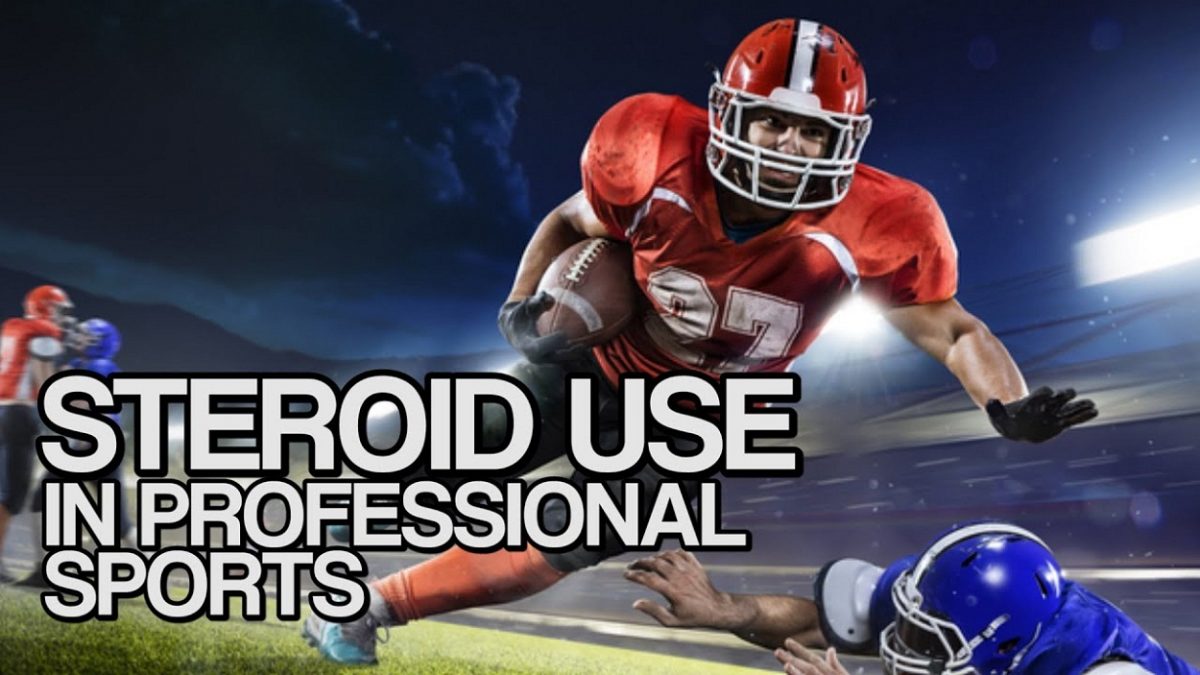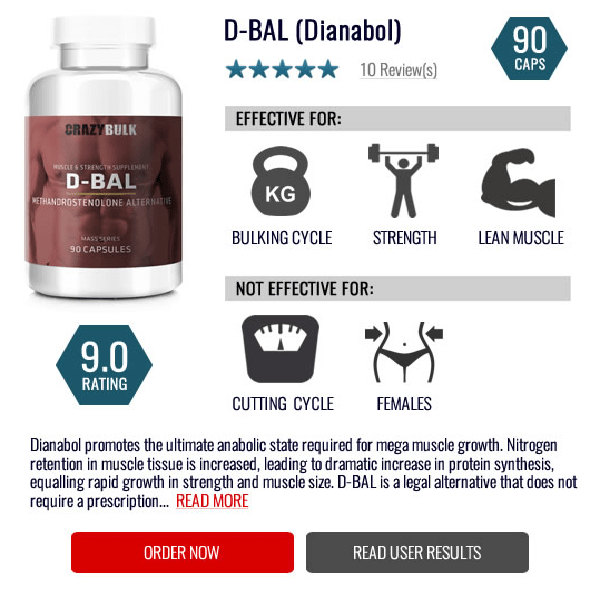Steroids in Professional Sports
Contents
Steroids in professional sports have become rampant.
Anabolic steroids hit the American market in the 1960s.
This is when pharmaceutical companies began chemically enhancing the human hormone testosterone to create a new synthetic compound.
These medications are illegal to possess in the United States without a valid doctor’s prescription, however, they are widely available on the open market across the globe.
Steroid compounds immediately showed their medical effectiveness by stimulating appetite, building red blood cells, and growing lean tissue mass.
The medical application of steroids has included treatment of AIDS, anemia, asthma, arthritis, cancer, and many more. Buy legal steroids online here.
Steroids in Professional Sports
One of the first recorded acknowledgments of steroid usage by professional athletes came in 1954.
Athletes had begun using these synthetic hormones to build speed, strength, and endurance.
The World Weightlifting Championships that year was marred by controversy when it was revealed that Soviet athletes were receiving testosterone injections during training.
Germany soon began manufacturing an oral testosterone product called Dianabol. But anabolic steroids in professional sports were just getting started.
Today, Dianabol is just one of a cocktail of steroids available online to athletes seeking increased sporting performance.
Types of Performance Enhancers
There are several types of performance-enhancers on the market today: Anabolic steroids, stimulants, human growth hormones, and supplements.
Steroids are often confused with human growth hormone; however, steroids are a synthetic derivative of testosterone that is naturally produced in the body.
Anabolic androgenic steroids are synthetic substances that stimulate proteins to build lean muscle mass, helping athletes become stronger and able to play for longer periods of time.
Pro athletes worldwide have adopted these drugs to help them compete at a higher level.
Steroids in Professional Sports Statistics
While there is great discussion in sporting circles around should athletes be allowed to use steroids, these drugs aren’t just for the professionals. Studies have shown that steroid use is widespread.
A 2001 Centers for Disease Control study stated that 5% of all high school students admitted they took illegal steroids.
A national household survey revealed that 1.8 million adults in the U.S. said they used illegal steroids.
But how did steroids become such a household drug of choice with the average person? The answer lies in the history of these drugs and their use by professional and popular athletes.
In the 1988 summer Olympics. Ben Johnson, a Canadian sprinter, set records and won bronze and gold medals. But Stanozolol, the anabolic steroid, was found in Johnson’s urine and blood work, so he was stripped of his awards.
In the meantime, Stanozolol gained worldwide attention as an Olympic-quality performance enhancer.
Stanozolol Steroids
Stanozolol had become an American household word and thousands of non-professional athletes became aware of the incredible power of this supplement.
These average athletes looked up to professionals like champion bodybuilders Shawn Ray and Nimrod King who tested positive for Stanozolol at the Arnold Classic in 1990.
But Stanozolol isn’t just restricted to bodybuilding and sprinting, steroids in professional sports have come to include the MLB.
Since 2005 nearly 50 professional baseball players have been suspended for “doping.”
One ESPN article stated, “Among 1,133 drug tests administered by the sport in 2004, 11 of 12 positive results detected Stanozolol.”
How Many Athletes Use Steroids
How many athletes use steroids? Hulk Hogan, Arnold Schwarzenegger, Sylvester Stalone, and Barry Bonds have all been associated with anabolic steroid use.
These successful individuals made a living from their physiques and athletic prowess, in part, thanks to anabolic steroids.
In 2005, performance enhancing anabolic steroids really came out of the closet.
That’s when Jose Canseco wrote, “Juiced: Wild Times, Rampant ‘Roids, Smash Hits & How Baseball Got Big.” It immediately became a New York Times bestseller as Canseco “outed” his colleagues.
Canseco said players like Roger Clemens were injected with Winstrol by his personal strength coach between 1998 and 2001. To this day Clemens denies taking steroids.
Canseco also accused Mark McGwire of steroid use. In 1998 McGwire hit 70 home runs in a single season. Rumors about his steroid use remain rampant, although he has never tested positive.
But Jose Canseco says he was a frequent juicer.
Rafael Palmeiro was also outed by Canseco, who said he personally injected Palmerio with steroids. When called before Congress Palmeiro vehemently denied any wrongdoing.
Despite this, he tested positive for Stanozolol in 2005. He claims his positive test result came from a B-12 injection.
In an effort to control use, the following sports governing bodies have banned steroids:
- International Olympic Committee
- National Hockey League
- National Collegiate Athletic Association
- National Basketball Association, National Football League
- Major League Baseball
- International Cricket Council
- Fédération Internationale de Football Association
- Steroids in Professional Sports Pros and Cons
Should Steroids be Allowed?
Should steroids be allowed in sports? A 2012 article in Forbes suggested it is time to legalize steroids in sports.
The author stated the reason steroids have a bad reputation in the media is because of the assumption that they provide an unfair advantage to users. However professional athletes using steroids is so widespread it is the new “normal.”
The author suggested making steroids legal simply makes sense:
A huge part of watching sports is witnessing the very peak of human athletic ability, and legalizing performance enhancing drugs would help athletes climb even higher.
Steroids and doping will help pitchers to throw harder, home runs to go further, cyclists to charge for longer, and sprinters to test the very limits of human speed.
Here is just a partial list of some U.S. pro athletes using steroids:
- Marion Jones – track and field Olympian.
- Alex Rodriguez – one of the best all around baseball players ever to play.
- Lance Armstrong – the only human to win the Tour de France seven times.
These athletes illustrate what non-professionals realize: Steroids help achieve a competitive edge that is unattainable without these supplements, which is the reason for steroids in professional sports.
It is widely acknowledged that steroid use is widespread and increasing among professional and non-professional athletes in the future.
Instead of forcing athletes to hide their use of these supplements, which allow them to perform at the pinnacle of human athleticism, legalize these drugs so they can be safely distributed in a way that helps athletes succeed.
REFERENCES
- Alexandre C et al . [Androgens and bone metabolism]. Prog Urol. 2004 Nov;14(5):719-29. Review. French. No abstract available.
- Socas L et al . Hepatocellular adenomas associated with anabolic androgenic steroid abuse in bodybuilders: a report of two cases and a review of the literature. Br J Sports Med. 2005 May;39(5):e27. Review.
- Clark AS et al . Sex- and age-specific effects of anabolic androgenic steroids on reproductive behaviors and on GABAergic transmission in neuroendocrine control regions. Brain Res. 2006 Dec 18;1126(1):122-38. Epub 2006 Sep 29. Review.
- Nieschlag E et al . Doping with anabolic androgenic steroids (AAS): Adverse effects on non-reproductive organs and functions. Rev Endocr Metab Disord. 2015 Sep;16(3):199-211. doi: 10.1007/s11154-015-9320-5. Review.
- Lumia AR et al . Impact of anabolic androgenic steroids on adolescent males. Physiol Behav. 2010 Jun 1;100(3):199-204. doi: 10.1016/j.physbeh.2010.01.007. Epub 2010 Jan 22. Review.
- Massé R et al . Studies on anabolic steroids. I. Integrated methodological approach to the gas chromatographic-mass spectrometric analysis of anabolic steroid metabolites in urine. J Chromatogr. 1989 Apr 7;489(1):23-50. Review.
- Amory JK. Testosterone/progestin regimens: a realistic option for male contraception? Curr Opin Investig Drugs. 2004 Oct;5(10):1025-30. Review.
- Abrahin OS et al . Prevalence of the use of anabolic-androgenic steroids in Brazil: a systematic review. Subst Use Misuse. 2014 Jul;49(9):1156-62. doi: 10.3109/10826084.2014.903750. Epub 2014 Apr 28. Review.
- Frati P et al . Smart drugs and synthetic androgens for cognitive and physical enhancement: revolving doors of cosmetic neurology. Curr Neuropharmacol. 2015 Jan;13(1):5-11. doi: 10.2174/1570159X13666141210221750. Review.
- Hall RC et al . Psychiatric complications of anabolic steroid abuse. Psychosomatics. 2005 Jul-Aug;46(4):285-90. Review.
- Nyberg F et al . Interactions between opioids and anabolic androgenic steroids: implications for the development of addictive behavior. Int Rev Neurobiol. 2012;102:189-206. doi: 10.1016/B978-0-12-386986-9.00008-9. Review.


